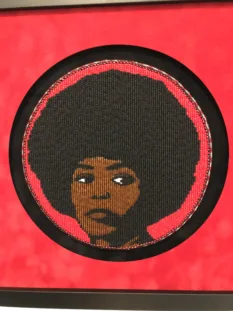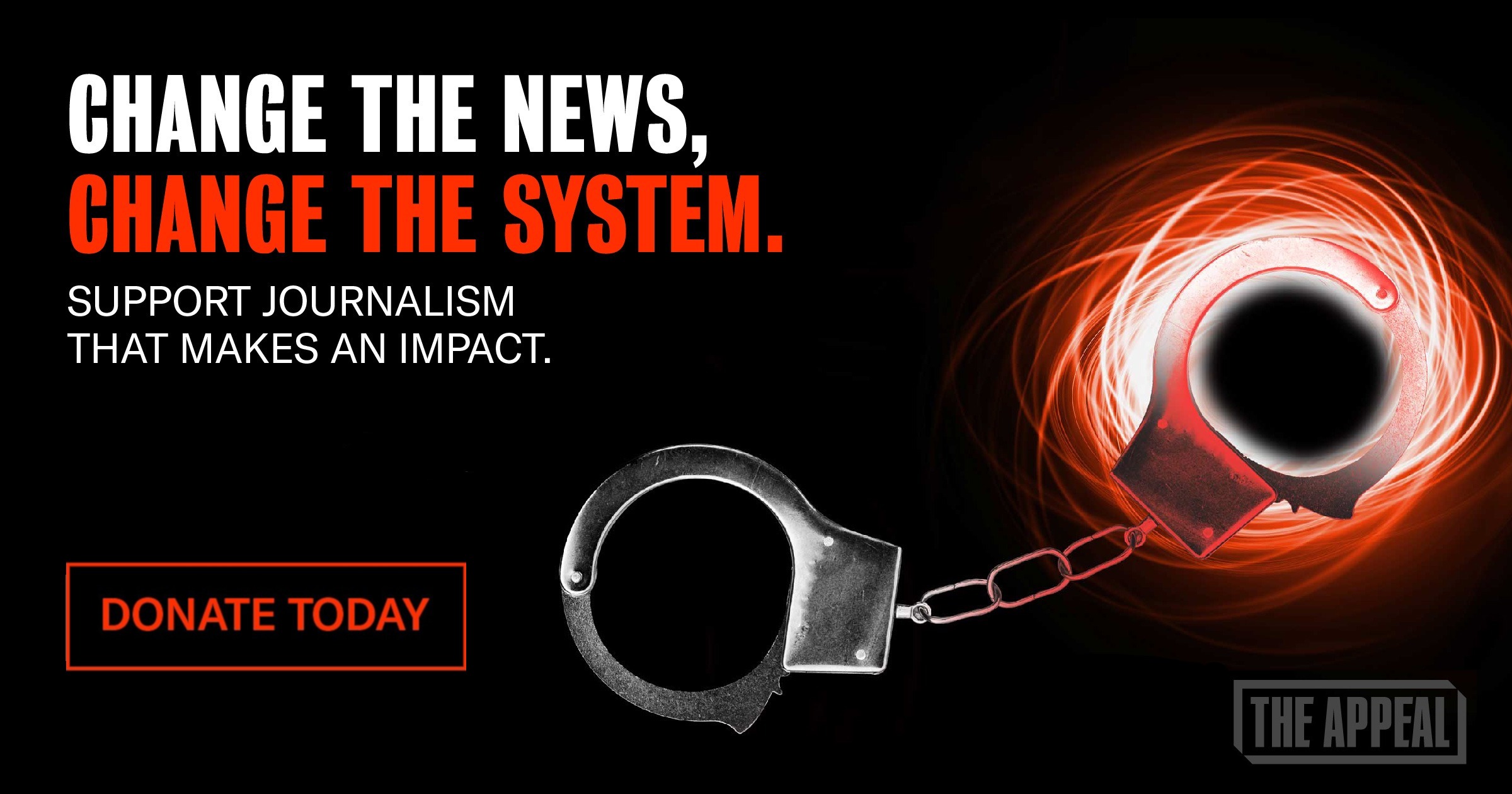Newsletter
It’s Hard to Make Money in Prison. Art Taught Me a Better Way.
Although my artistic pursuits began with material necessity, they have become a way for me to express myself and find inner peace within the oppressive environment in which I am confined.

Growing up, I never thought of myself as particularly artistic.
I spent most of my childhood cycling through juvenile detention centers as punishment for drug possession, assault, and burglaries. I stole to fund my weed habit and to buy shoes and clothing my single mom couldn’t afford. In juvie, we focused on survival. We learned to fall in line, not to express our creativity.
My lifestyle led to me nearly dying when I was 21 years old, after almost bleeding out in the parking lot of a nightclub. The following year, I caused the death of another human being. I was sentenced to 45 years in prison and a lifetime of remorse for an act I can never reverse.
When I entered prison, I had nothing. Prison can be a hard place if you don’t have anyone to support you throughout your sentence. The jobs pay pennies on the dollar, and often the only way to survive is to have outside support or learn a “prison hustle”. And since I refused to burden my mom more than I already had, I knew I needed to support myself while inside: I needed a prison hustle. But first, I needed to figure out what I was good at.
I noticed an older Native American man who spent hours creating traditional Native art. I felt a kinship with him, as I was raised practicing Native American traditions. He always seemed to have everything he needed: food, money on his phone, new shoes.
When I asked how he made money, he told me it could be done in two ways. There was the illegal route, like selling drugs or tattooing, which he advised I avoid because of the trouble that it brings. Or, he said, I could see if, like him, I had any artistic talent.
I had long admired the intricate patterns and designs he made with tiny glass beads, and I asked him to teach me his craft. At first, he brushed me off. After nearly three decades in prison, he had seen too many people ask for help without the dedication to follow through. But I didn’t give up. I went to the prison hobby shop every chance I got just to watch him work.
As I listened to his teachings—and showed I wasn’t bullheaded and a know-it-all—he warmed up to me. He started letting me help with tasks he didn’t want to do himself, like cutting deer hide into lace for traditional dance outfits, cutting thick rawhide for drum skins, and sorting small bags of mixed beads—some of which I swear he mixed up on purpose just to see if I would push back.
Within months, he saw that I had a talent for traditional bead and leather work. He let me use his materials but forbade me from making money on my art. I could make gifts but no sales. He was teaching me the value of putting others first.
I kept busy making gifts for our prison’s annual Powwow, an amazing event full of tradition, community, and culture. I looked forward to these events every year and felt honored to have a role in making the gifts for our family members and elders who attended.
As I developed my craft, I made deals to get materials. Soon, I was making money from my artwork. This incredible gift has enabled me to buy presents for my loved ones, including school clothes for my goddaughter and a car when she turned 16. Most importantly, I was able to buy a wedding ring for my partner, Chelsea, when I asked her to spend her life with me. (In case you’re wondering, she said yes.)
Although my artistic pursuits began with material necessity, they have become a way for me to express myself and find inner peace within the oppressive environment in which I am confined. During the pandemic, when programming and visitation were shut down, I leaned into my art to maintain my sanity during that period of extreme isolation. It was more than a prison hustle; it was a way to reconnect with the traditions I was raised within, a window into a world outside of prison. As I’ve mastered my craft, I’ve been able to teach others how to bead, hoping it will change their lives as it did mine.
Almost a decade after my mentor taught me how to bead, we reunited at another prison. I was eager to show him how my skills had developed. I spent weeks beading a portrait of an eagle that looked as realistic as if it were a photo. He was stunned when I handed it to him in the prison yard.
“You are more talented than I ever was,” he said, his eyes beaming with pride. In that moment I realized the gift he gave me all those years ago was far more than just a prison hustle to take care of myself, it was a way to live a better life.

ICYMI—From The Appeal
After The Appeal published an investigation into the Phoenix Police Department’s killing of 19-year-old Jacob Harris, a community coalition sprung up to help Harris’s three young friends, who are incarcerated for his death. Now, a court has granted the trio a chance to get out of prison.
A survey by The Appeal reveals that most states continue to house prisoners in units without air conditioning, even as climate change brings increasingly hot summer temperatures to areas with traditionally milder climates.
In The News
Police use force against an estimated 300,000 people annually, according to a new report from Mapping Police Violence. Using data from 2,800 law enforcement agencies, researchers compiled the largest publicly available database of non-fatal incidents of police violence across the country. [Mapping Police Violence]
At least five guards currently working on Rikers Island have faced accusations of sexual assault, an analysis of more than 700 lawsuits filed by women incarcerated at the jail shows. [Jessy Edwards / Gothamist]
Extreme heat poses unique risks for pregnant women and prisoners with underlying medical conditions. In Texas, a 58-year-old woman with several chronic illnesses died from potentially heat-related causes just two weeks after moving to an air conditioned prison. [Victoria Law / The Nation]
The Maryland Supreme Court reinstated Adnan Syed’s conviction in a 4-3 ruling last week. In a decision that could have far-reaching impacts on efforts to overturn wrongful convictions, justices ruled that the family of murder victim Hae Min Lee has a right to argue against Syed’s innocence. [Tim Prudente, Justin Fenton, and Dylan Segelbaum / Baltimore Banner]
Washington State prisoners pay more than $4 million in fees each year, mostly for phone calls. A new investigation has found that most of the money, which is earmarked for prisoner welfare, goes unused. [Grace Deng / The Washington Standard]
